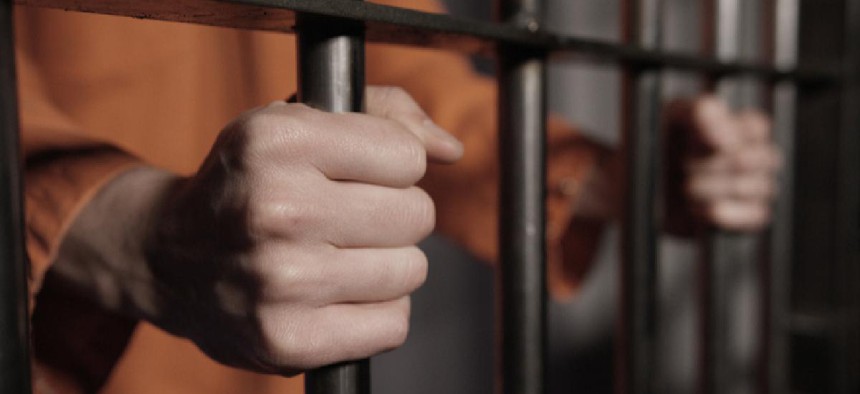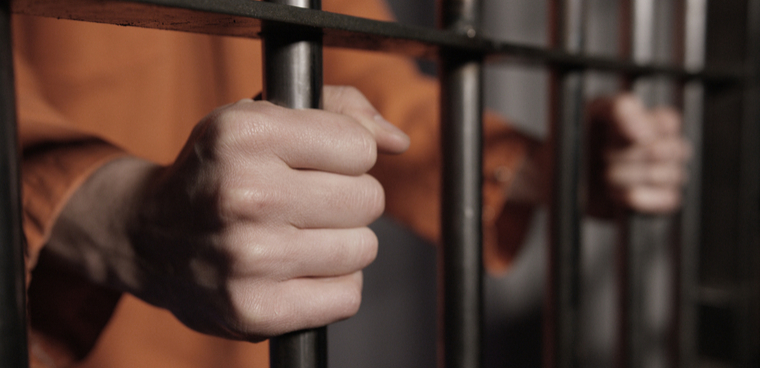Jamming tech targets illicit comms behind prison walls

Federal law enforcement is encouraged after a successful test of technology that could electronically jam commercial mobile phones smuggled into prisons.

Law enforcement is a step closer to having technology that could jam contraband cellphone signals inside prison cell walls, but leave commercial spectrum outside the facility largely accessible, according to a Justice Department official.
Researchers from the National Telecommunications and Information Administration and representatives from the Justice Department's Bureau of Prisons gathered at a federal prison in January to test technology that could confound the thousands of cellphones smuggled into penitentiaries every year.
NTIA released the results of last winter's test this month.
"These promising test results mark a step forward countering the security threat posed by contraband cellphones," said Beth Williams assistant attorney general in the Justice Department's Office of Legal Policy in a June 15 statement.
Using a prototype device from an unnamed supplier, NTIA said the test successfully blocked commercial cellphone signals inside a cell at the Federal Correctional Institution at Cumberland, Md., but left commercial airwaves just 20 feet outside the facility's walls unimpeded.
The ability to jam prisoners' cellphones has become an important goal for the Justice Department and other federal agencies.
Cellphones smuggled into prisons are being used for all manner of mayhem, from directing gang activities and violent crimes inside and outside the prison to distributing child pornography and intimidating witnesses, officials say.
The Federal Communications Commission adopted rules last March to speed licensing of Contraband Interdiction Systems in prisons. Since they use commercial spectrum, they require FCC licenses to operate. Such systems either detect transmissions or use a managed access approach carved out of licensed commercial spectrum that authenticates devices using it.
NTIA has to coordinate with the FCC on the technology.
In January, NTIA said its researchers installed the jamming technology in a utility closet adjacent to a 13-by-eight foot cell on the ground floor of the prison's housing unit, according to the study. It successfully blocked cellphone transmissions in commercial bands between 700 and 2170 MHz, but did not disrupt commercial transmissions when monitored at 20 feet and 100 feet outside the cell, said the study.
NTIA, however, said further study is needed to see if the technology could potentially pose a threat to commercial licensed radio services outside prison walls.
A few hurdles remain. The agency noted the test results were unique to the location and results at other prison facilities would probably vary widely.
To completely cover a prison facility, a fleet of the systems would be required -- up to 100 jamming systems -- which could lead to significant power issues, NTIA's study said.
"The results indicate the potential for localized impact of this micro-jamming technology," Williams said. "That is an encouraging sign that brings us closer to a solution that will make our communities safer and help prevent the continuation of criminal activity from inside prison walls."
The DOJ said the Bureau of Prisons would use the report to get a better strategic handle on the developing technology as well as conduct further testing.
NEXT STORY: VA 'anywhere-to-anywhere' telehealth goes live





